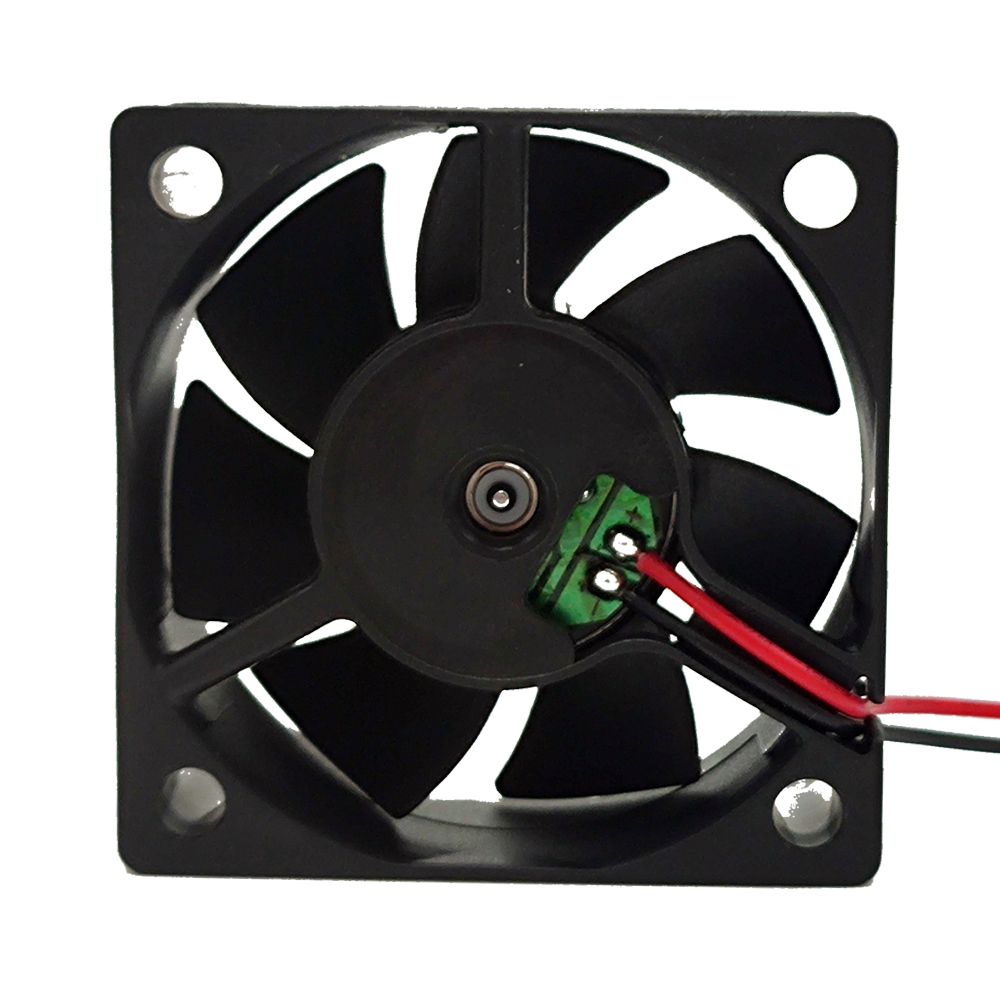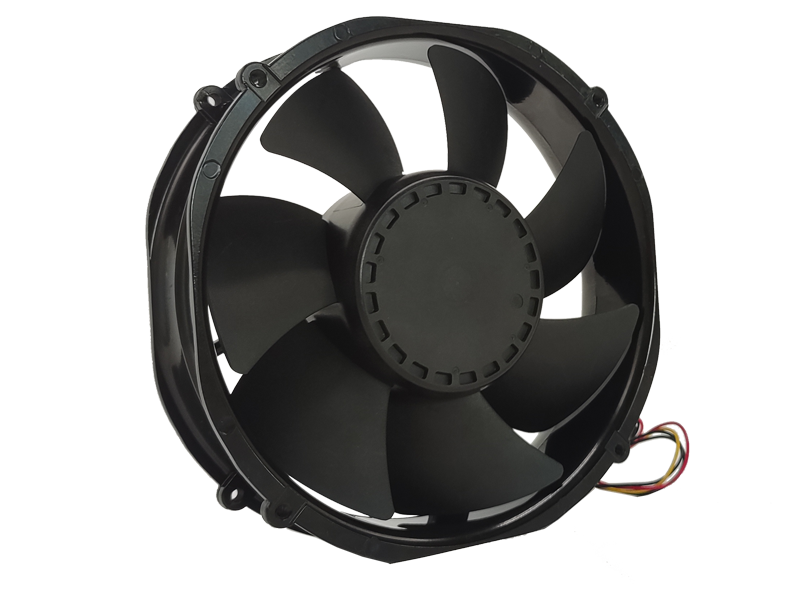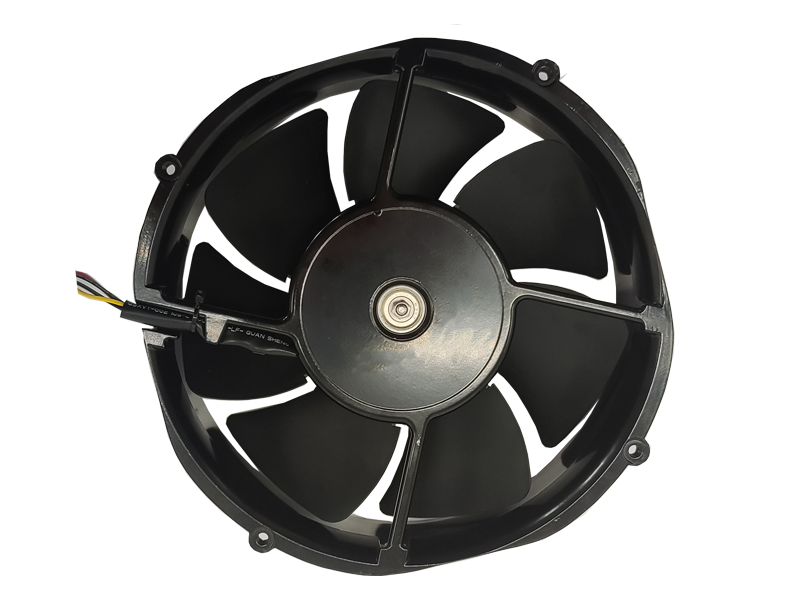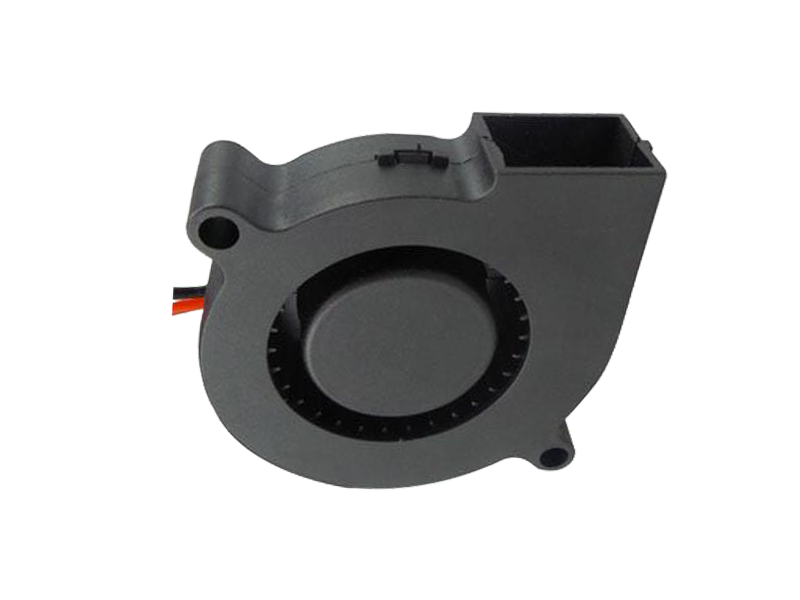Industrial fans are an essential part of many industries, ensuring proper ventilation, cooling, and air circulation in manufacturing plants, warehouses, and large-scale facilities. As industries evolve and expand, the demands placed on industrial fans have become more stringent. Fans need to not only provide sufficient airflow but also operate with high efficiency, durability, and minimal maintenance.
From a product design perspective, creating an industrial fan requires a deep understanding of these challenges and how to overcome them. In this article, we will explore the key factors that drive the design of industrial fans, focusing on performance, efficiency, and longevity.
I. Key Design Considerations for Industrial Fans
The design of industrial fans must balance multiple objectives. These include maximizing airflow, ensuring durability in harsh environments, minimizing noise levels, and optimizing energy consumption. Below are some of the primary factors that should be considered:
Airflow and Performance Requirements
The primary function of an industrial fan is to move air, but different applications require different performance characteristics. Some industries, such as power generation, require fans capable of moving large volumes of air quickly. Others, such as food processing or pharmaceuticals, require more controlled airflow to ensure that air quality is maintained.
A well-designed industrial fan must meet the specific airflow requirements for a given application. This is usually expressed in terms of cubic feet per minute (CFM) or liters per second (L/s). To ensure performance, fan manufacturers must consider not only the volume of air to be moved but also how to overcome resistance in ducts, filters, or other components.
Energy Efficiency and Power Consumption
Energy efficiency is an increasingly important factor in the design of industrial fans. Fans are typically running for long periods, often 24/7, which means they account for a significant portion of energy consumption in industrial environments. In this context, efficiency becomes a key factor in product design.
The design of industrial fans should prioritize low power consumption while maintaining high airflow performance. Advanced motor technologies, such as permanent magnet motors (PMMs) and electronically commutated motors (ECMs), are being integrated into new fan designs. These motors adjust power consumption in real-time, reducing energy costs while providing optimal performance.
Durability in Harsh Environments
Industrial fans often operate in environments with extreme temperatures, humidity, dust, and corrosive elements. Therefore, durability is a critical consideration in the design of industrial fans. Selecting materials that can withstand harsh conditions is essential for ensuring long-lasting performance.
Stainless steel and corrosion-resistant coatings are commonly used for fan casings and components exposed to corrosive environments. For high-temperature applications, manufacturers use heat-resistant materials like aluminum alloys and high-strength plastics. Additionally, fan blades and motors should be designed to prevent wear from dust or particles in the air.
Noise Reduction
Noise is a significant concern in industrial environments, as high noise levels can contribute to worker discomfort, reduce productivity, and even lead to long-term health issues. Industrial fans, due to their size and the speed at which they operate, can generate substantial noise, making noise reduction a priority in the design process.
Advanced blade designs, such as backward-curved or aerodynamically optimized blades, can reduce noise by reducing turbulence. Additionally, vibration dampening technologies and noise-reducing enclosures can help mitigate the noise emitted by the fan's motor and fan blades.
II. Technological Advancements in Industrial Fan Design
As the industry advances, new technologies are enabling manufacturers to improve the performance, efficiency, and durability of industrial fans. Below are some of the key innovations that have been driving change in fan design:
Variable Speed Drives (VSDs)
One of the most significant advancements in industrial fan technology is the introduction of Variable Speed Drives (VSDs). VSDs allow industrial fans to operate at different speeds depending on the demand for airflow, rather than running at a constant speed. This means the fan can adjust its speed to maintain optimal performance while consuming less energy.
The ability to modulate speed also reduces wear and tear on the fan components, improving the overall lifespan of the fan. Furthermore, VSDs allow for more precise control over airflow, providing energy savings when full capacity is not required.
Smart Technology and IoT Integration
The integration of smart technology into industrial fans has opened up new possibilities for monitoring and controlling fan performance. Fans equipped with Internet of Things (IoT) sensors can transmit real-time data on factors such as speed, airflow, motor temperature, and energy consumption to a central control system.
This real-time data allows for predictive maintenance, where the system can alert operators about potential issues before they become major problems. Moreover, smart fans can be remotely controlled, providing users with greater flexibility and control over fan operations.
Improved Bearing and Shaft Technologies
Bearings are one of the most critical components in an industrial fan. The quality and design of bearings directly impact the efficiency, longevity, and maintenance of the fan. Over time, traditional bearings can wear down, leading to increased friction and energy loss.
Modern industrial fans use high-quality bearings made from materials like ceramic, which reduce friction and wear. Furthermore, the introduction of magnetic bearings, which eliminate physical contact between components, can significantly increase fan lifespan while reducing maintenance requirements.
III. The Future of Industrial Fans
As industrial processes continue to evolve, so too will the demand for more efficient, durable, and customizable industrial fans. Future trends in industrial fan design may include:
Customization and Modularity
More industries are seeking fans tailored to their specific needs. Customizable fans, designed to match airflow, pressure, and noise requirements, will become more common. Additionally, modular fan designs, where components like blades, motors, and casings can be easily swapped out or upgraded, will enable users to adapt their systems as their needs change.

Sustainability and Eco-Friendly Materials
Sustainability is a growing concern, and many manufacturers are increasingly using recyclable or biodegradable materials in the construction of industrial fans. Additionally, the demand for fans that consume less energy and contribute to reduced greenhouse gas emissions will continue to rise, especially with tighter environmental regulations.
AI and Machine Learning Integration
The integration of AI and machine learning technologies may allow for the optimization of fan performance in real-time. AI algorithms could analyze data collected from IoT sensors to make adjustments in fan settings automatically, maximizing performance while minimizing energy consumption.
IV. Conclusion
Industrial fans play a critical role in a variety of sectors, from manufacturing to HVAC systems. However, designing these fans requires an understanding of the operational challenges and how to address them through innovative design. Performance, energy efficiency, durability, and noise reduction must be carefully balanced to meet industry-specific demands. By incorporating the latest technologies, such as variable speed drives, IoT integration, and smart monitoring, manufacturers can create industrial fans that deliver superior performance while reducing operational costs and downtime.
As industries continue to demand more energy-efficient and sustainable solutions, the design of industrial fans will evolve to meet these challenges, paving the way for smarter, more efficient products in the future.
Recommended Products

The main purpose:Car charging station

The main purpose:Car charging station

The main purpose:Electronic refrigerators, water dispensers, direct drinking machines, inverter power supplies
Address:No. 4137, Longgang Avenue (Henggang Section), Henggang Community, Henggang Street, Longgang District, Shenzhen
hotline:13530005572(Chen)15112579390(Li)


Welcome all friends to come for consultation and negotiation.
Copyright 2024 @ Shenzhen Youneng Xinyuan Electronics Co., Ltd.,(industrial fans,industrial blowers,axial fans,cooling fans manufacturer,centrifugal fans,ac cooling fans,dc cooling fans)